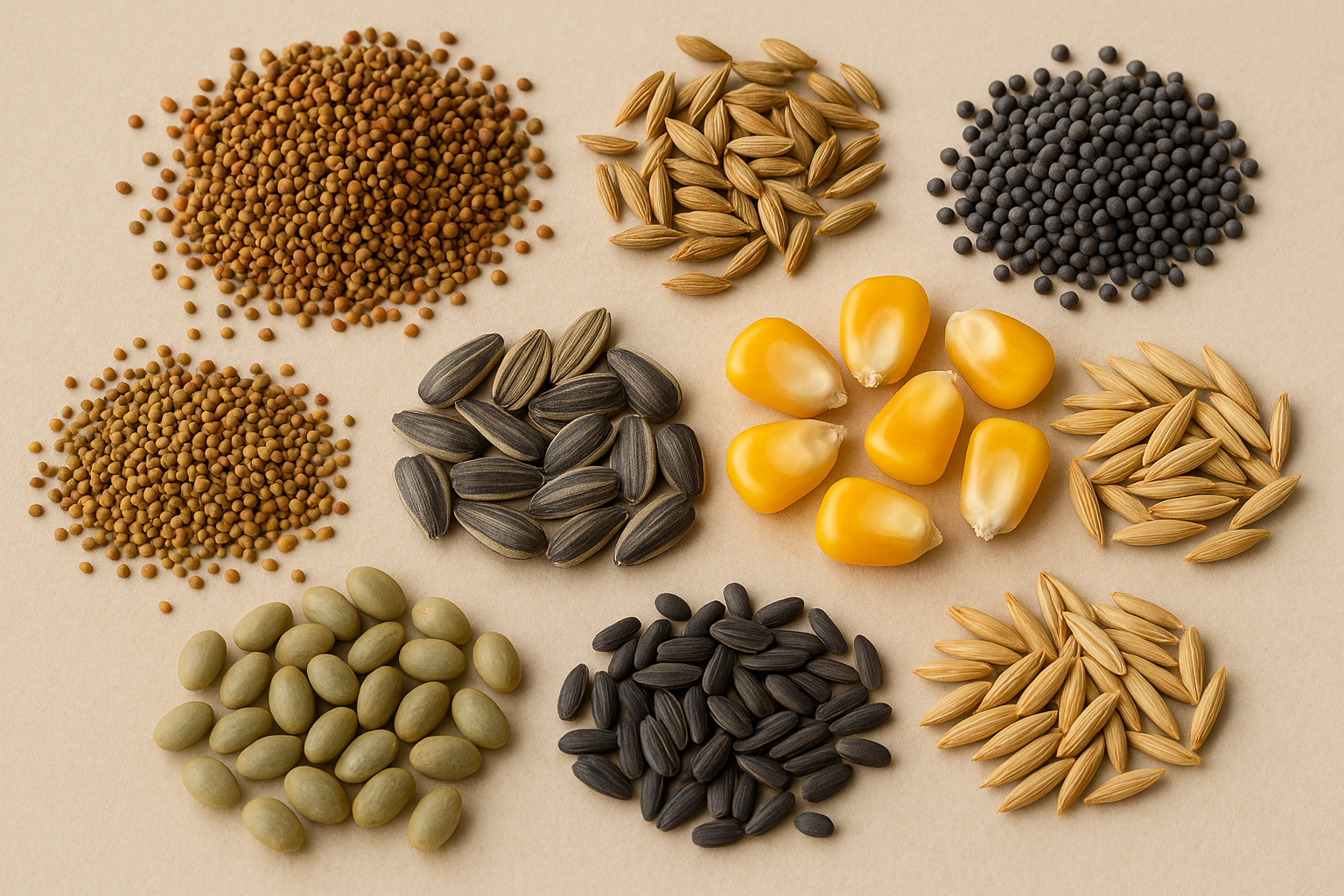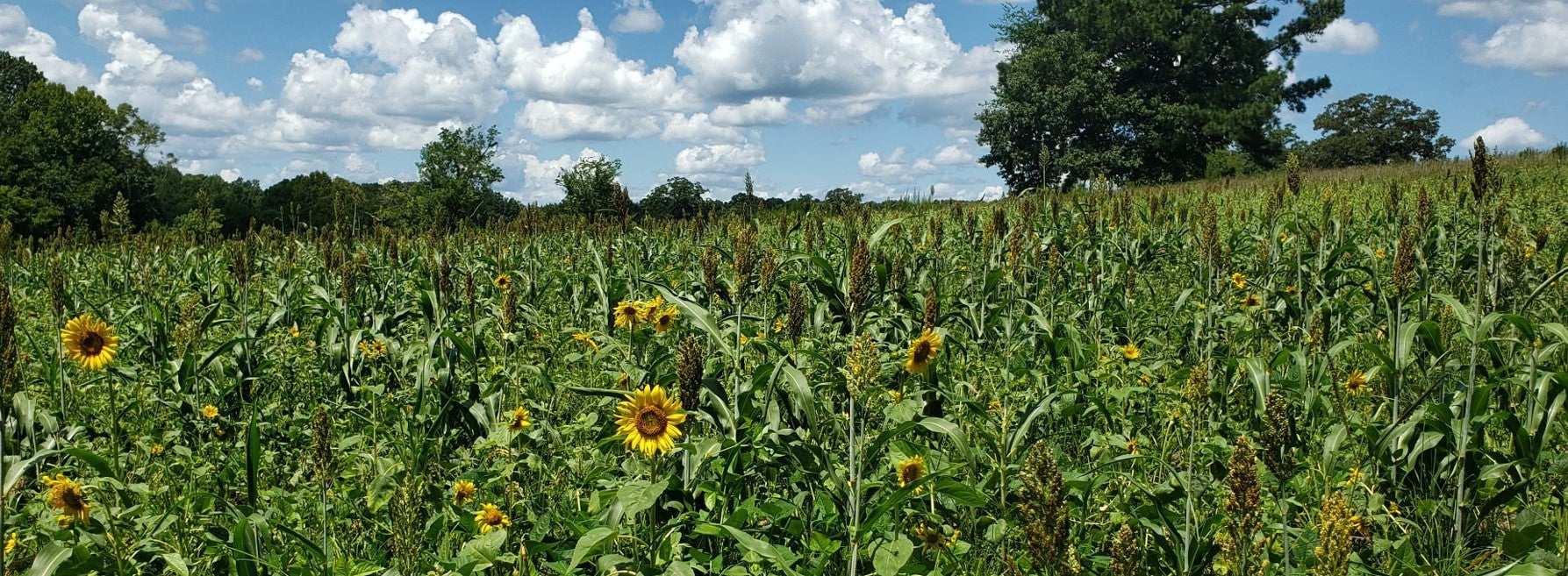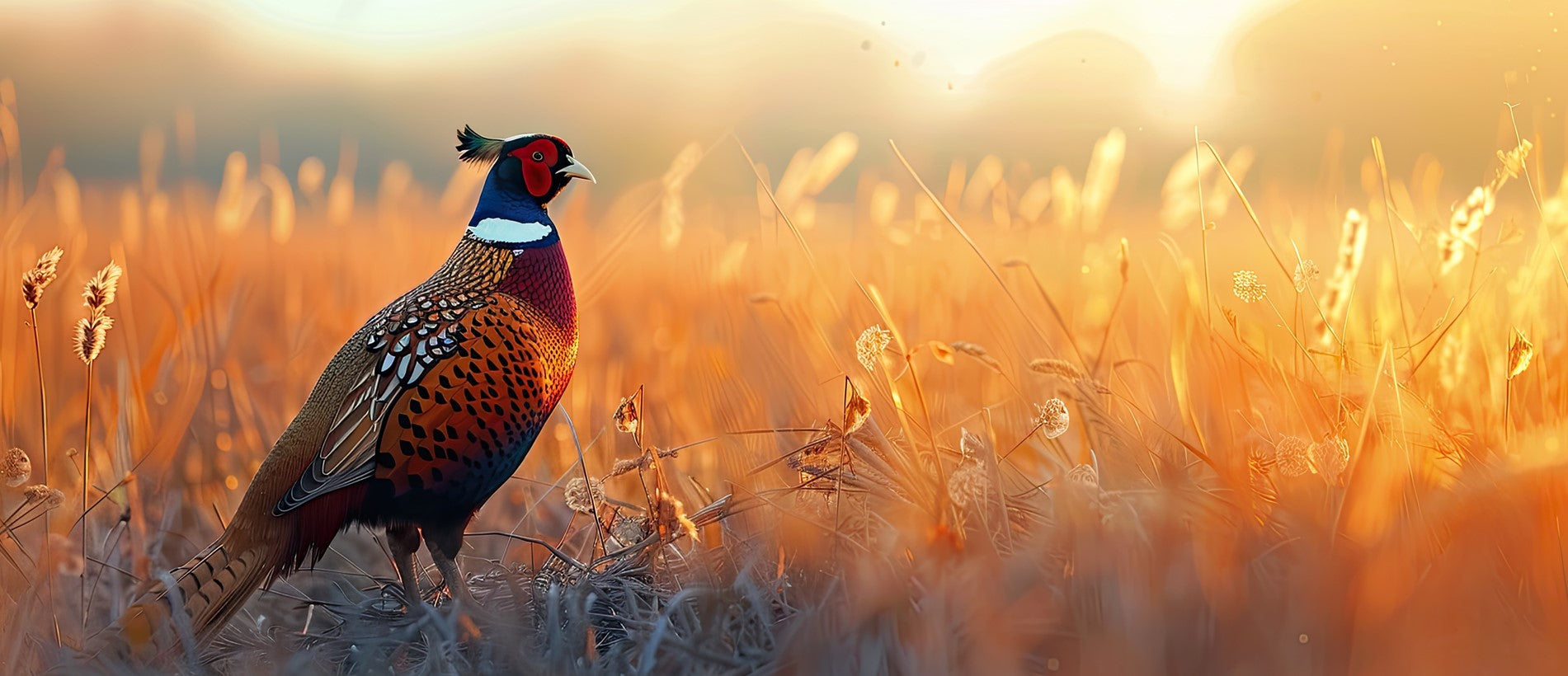Spikes: Part IV
In Part III and included in Part IV, I’m examining the results of several studies that have been completed during recent years on wild bucks in south Texas. It is important to discuss these additional studies because of the inherent biases associated with penned deer studies.
Additional Results That Are Even More Convincing
The results in Part III are interesting, but they are only a comparison of averages. What is missing is the range in scores for all of the individuals within each group at each age class. In an effort to highlight all of the bucks in each group, I created the three frequency histograms that accompany this article.
The first histogram shows the spike group when recaptured at age five and a half and older. All 39 individuals within this group are represented and you can see that the gross Boone and Crockett (B&C) scores range from a low of 95 inches to a high of 155 inches, with a group average at 125 inches.
The second histogram was set up on the same scale to better visualize the comparison. This histogram shows the fork-antlered group when recaptured at age five and a half and older. All 30 individuals within this group are represented and you can see that the gross B&C scores range from a low of 100 inches to a high of 211 inches, with a group average at 144 inches.
The third histogram completes the comparison by showing both histogram 1 and histogram 2 together on the same graph. As a result, you can see that 13 of the 16 (81 percent) lowest scoring five-and-a-half-year-old and older bucks were spikes as yearlings and 9 of the 10 (90 percent) largest bucks were all fork-antlered as yearlings! What has clearly happened is that the “bell curve” distribution has shifted to the right by an average of 19 inches for the fork-antlered group! In my opinion, these results are even more convincing than the differences in averages between the two groups at each age class.
The Nail in the Coffin!
After the first ten years of the Project, 69 yearling bucks had been recaptured at five-and-a-half years of age or older. This group of 69 yearlings included 39 spikes, 16 with four to five total antler points, and 14 with six or more points.
First, let’s talk about the spike group at age five and a half and older. Twenty seven of these bucks (69 percent) had gross BCC scores less than 130 inches at age five and a half, eight bucks (21 percent) gross scored between 130 inches and 139 inches, two bucks (5 percent) gross scored between 140 inches and 149 inches, and the final two bucks (5 percent) gross scored between 150 inches and 159 inches. The biggest spike we have ever recaptured in the wild gross scored 155 inches. If your goal is to manage for cull bucks then don’t shoot any spikes because more than two-thirds will never gross score above 130 inches!
Next, let’s discuss the middle group of yearling bucks (4 to 5 total antler points) when they were recaptured at age five and a half and older. Six of these bucks (38 percent) had gross BCC scores less than 130 inches at age five and a half, three bucks (19 percent) gross scored between 130 inches and 139 inches, four bucks (25 percent) gross scored between 140 inches and 149 inches, one buck (6 percent) gross scored between 150 inches and 159 inches, and the final two bucks (13 percent) broke the magical bench mark of 160 inches.
Finally, let’s discuss the last group of yearling bucks, those with six or more total antler points, when recaptured at age five and a half and older. Only three of these bucks (21 percent) had gross BCC scores less than 130 inches at age five and a half, one buck (7 percent) gross scored between 130 inches and 139 inches, three bucks (21 percent) gross scored between 140 inches and 149 inches, two bucks (14 percent) gross scored between 150 inches and 159 inches, and all of the final five bucks (36 percent) gross scored above 160 inches. As a result, yearling bucks with six or more points were more likely to gross score above 160 inches than to score within any of the smaller antler size ranges!
We obviously did not know why any of the yearling bucks in our study were spike antlered because they were all wild bucks. However, I am sure that they were spikes for a variety of reasons, such as genetics, being late born, and experiencing poor nutrition. In my opinion, and our data support this, it does not matter why a spike is a spike. As a group they are inferior to fork-antlered yearling bucks regardless of the reasons they grew spiked antlers. None of the spikes in our study ever gross scored greater than 155 inches at any later age.
Yearling Antlers Are A Good Predictor Of Future Antlers!
One of the biggest questions out there regarding spikes and yearling bucks is whether or not a buck’s first set of antlers provides any indication of future antler size. Finally, we have the data to answer this very critical question. And unfortunately, it turns out there is a lot of misinformation out there!
Our data set includes 54 different bucks that were first captured as a yearling and then either recaptured or harvested at age five and a half or older. In order to test this question, I ran correlations between the buck’s gross BCC score at maturity and (1) number of yearling antler points; (2) yearling inside spread; (3) yearling basal circumference; and (4) yearling main beam length.
If these yearling characteristics were unrelated to the gross BCC score at maturity, then the correlation values should be zero. On the other hand, the higher the correlation value, the more related the character. Drum roll please…. the highest correlation value was with number of yearling antler points at 0.555! Second, was yearling beam length (0.504), third was yearling inside spread (0.481), and fourth was yearling basal circumference (0.433). Despite what other researchers may say, yearling antler characteristics are a good predictor of future antler size. And the best characteristic is the number of yearling antler points!
The biggest buck in this group gross scored over 210 inches when recaptured at age five and a half. This buck was one of only four yearlings in the group that had eight or more points as a yearling. Does every yearling eight-point buck turn into a monster? Of course not, the other three bucks in the above group gross scored 129, 158, and 166 at maturity. Obviously however, the last thing you want to do is mistakenly kill a yearling buck with eight or more antler points!
Conclusions
Folks, I have to be honest. After completing my Ph.D. research, I was convinced that it was a bad idea to shoot spikes. The buck capture data from the Faith Ranch showed too much year-to-year variability in the percentage of yearling bucks with spiked antlers. I was such a skeptic that I wrote a magazine article entitled “Don’t Shoot Spikes!”
However, with much larger sample sizes and five ranches involved instead of only one, our own results from our South Texas Buck Capture Project have now completely convinced me otherwise. How can anyone examine these results and not conclude that spikes are inferior to fork-antlered yearling bucks, especially yearling bucks with six or more points?
Next week in the final installment of this five-part series, I will summarize all of this research into harvest recommendations that you can use on your property. Despite the fact that spikes are inferior, my harvest recommendations on many properties do not include shooting spikes.
Posted by Dr. Mickey W. Hellickson











Leave a comment